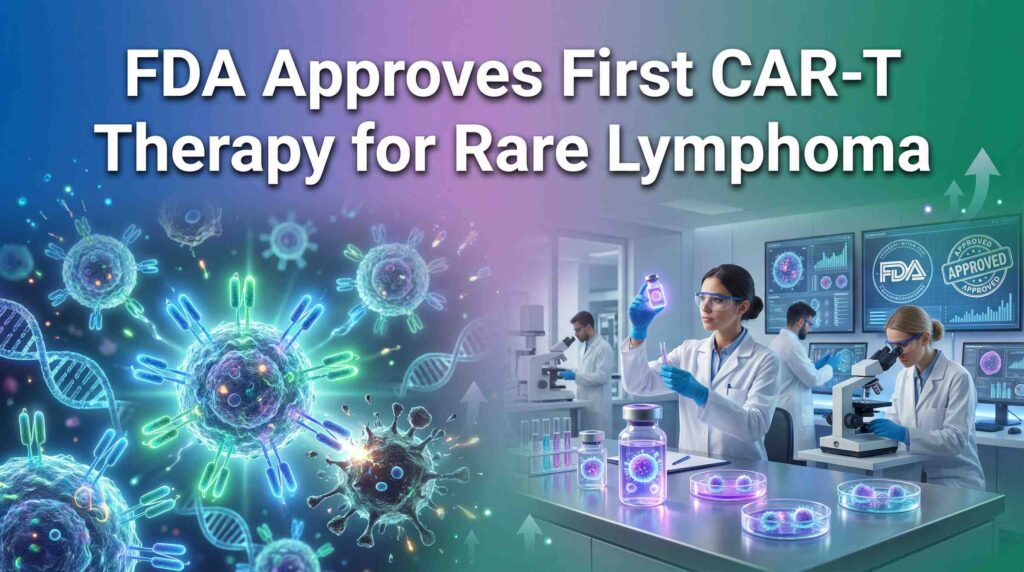Stem cell therapy is a form of medical treatment that uses stem cells to replace or repair damaged cells and tissue. Stem cells have the unique ability to develop into many different types of cells, giving them the potential to treat a wide variety of illnesses such as cancer and birth defects.
While stem cell therapy offers a promising range of treatments, there are both potential risks and benefits associated with its use. This blog post will explore what those may be, helping readers make an informed decision about whether or not this type of therapy is right for them.
Benefits of Stem Cell Therapy
Stem cell therapy has the potential to improve quality of life for many people. For example, those with chronic illnesses such as diabetes and heart disease may be able to reduce their symptoms or even become symptom-free after treatment. In addition, stem cell therapy can also be used to treat certain types of cancer and birth defects, potentially reducing the risk of complications and death from these conditions.
Furthermore, some patients may have access to new treatments using stem cells that were not available before. This could provide them with options to manage their condition in a more effective way than traditional methods.
Many trials are currently running which assess the safety and effectiveness of various treatments in different patient groups. These studies are necessary before any treatments can be approved and made available to the general public.
Risks Associated With Stem Cell Therapy
As with any medical treatment, there are potential risks associated with stem cell therapy. These include the risk of infection from the injection site, as well as the possibility of allergic reactions or tissue rejection if the cells used are not appropriate for a particular patient.
In addition, some pre-existing conditions may make stem cell therapy too dangerous for certain individuals. For example, people who have impaired immune systems may be at an increased risk for developing complications from stem cell treatments due to their weakened immunity. It is important to discuss any underlying medical conditions with a doctor prior to beginning stem cell therapy to ensure safety and minimize potential risks.
Finally, it should be noted that while many trials are currently underway to assess the safety and efficacy of various treatments using stem cells, clinical evidence is still limited and more research needs to be done before any treatments can become widely available in healthcare settings.
In conclusion, stem cell therapy has been shown to have the potential to significantly improve quality of life for many patients and offer them access to treatments that weren’t available before. However, it is important to be aware of the associated risks and discuss any underlying medical conditions with a doctor prior to beginning treatment. With further research and clinical trials, stem cell therapies may soon become a safe and effective way for healthcare professionals to treat various medical conditions.
Below is a clip of what Dr. Stephen Cabral thinks about today’s use of stem cell therapy in the United States.



